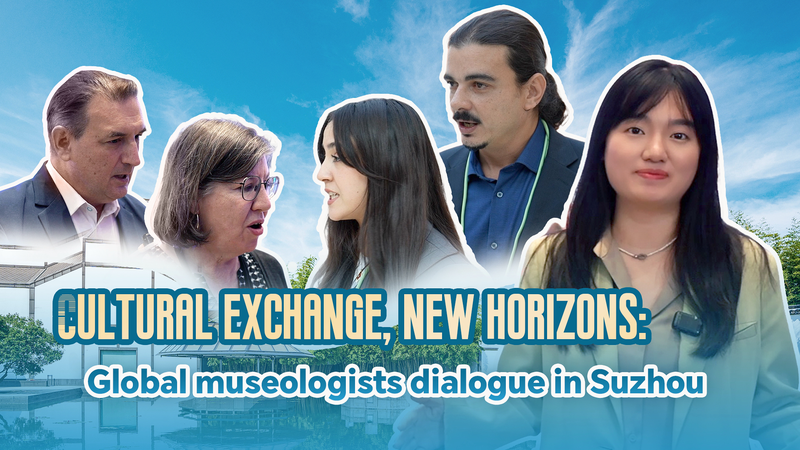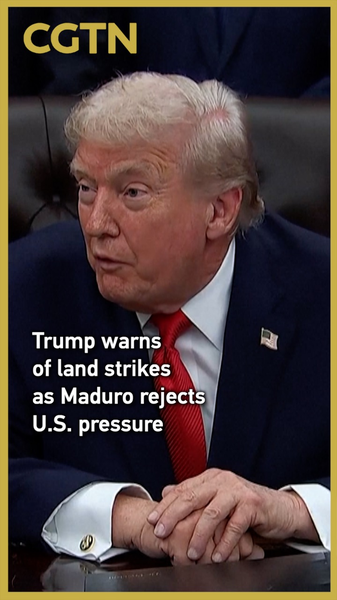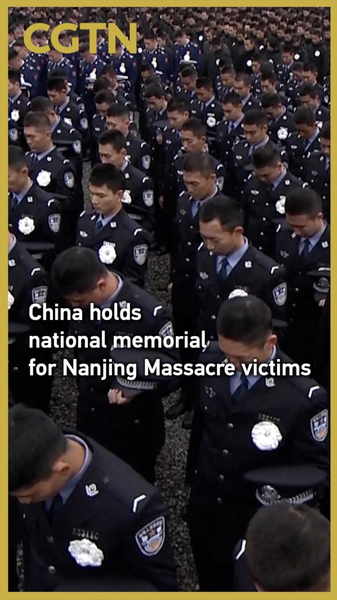From October 23 to 26 in Suzhou, east China's Jiangsu Province, the Second Chinese Museum Studies Conference brought together museum professionals, academics and media from across the globe. Over four days, they explored how museums can drive economic growth through cultural innovation and cross-border collaboration.
Experts from China, the United States, Brazil, Tunisia and other countries shared case studies on digital exhibitions that expanded audience reach, community programs that funded local artisans, and partnerships transforming museum spaces into hubs for social innovation. Their insights showed museums as dynamic engines of cultural exchange and economic development.
Museum scholars from APEC members highlighted culture's strategic role in international cooperation. "When museums open their doors to diverse narratives," said one speaker, "they don't just preserve history—they build bridges between communities and markets."
In a landmark move, UNESCO and the Chinese Museum Association unveiled the "Guidelines for Accessible Museums in China," setting new standards for inclusivity in exhibits, facilities and programming. They also released the first Chinese version of the "Museum Studies Dictionary," offering a vital reference for practitioners and researchers across the Chinese mainland.
As the conference wrapped up, attendees left Suzhou with new ideas on using technology, design and policy to make museums more accessible, sustainable and economically impactful. For young global citizens, entrepreneurs and cultural changemakers, this event marked a turning point—where culture and economy merge to shape a more connected world.
Reference(s):
cgtn.com




